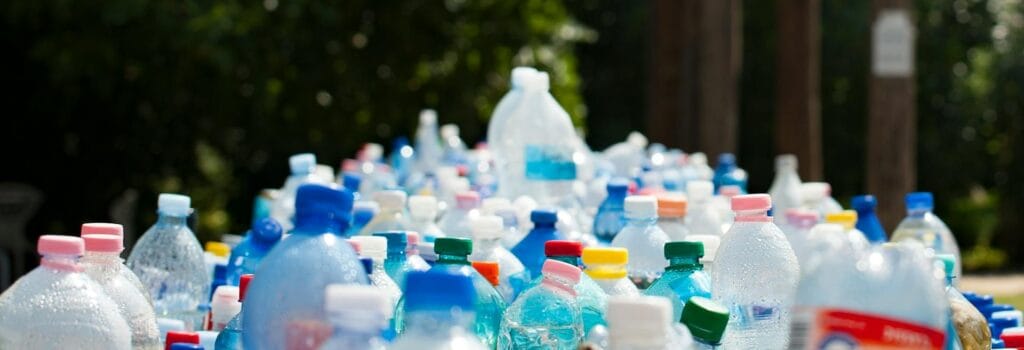They Built a Killer Product. Then the Compliance Notice Arrived.
The packaging was beautiful.
The influencer campaign? Viral.
Sales shot up, warehouses emptied—and just when the D2C founder started scaling into Tier 2 cities…
Boom.
“Notice under EPR obligations for use of plastic packaging. Failure to file may attract penalties under the Plastic Waste Management Rules, 2016 (amended 2022).”
The startup wasn’t shady.
They just didn’t know.
Because in India, Extended Producer Responsibility (EPR) isn’t just for oil giants and FMCG behemoths anymore.
If you sell direct-to-consumer—even via Shopify or Amazon—you’re a ‘Producer’ under law.
And if you don’t file properly?
You’re risking fines, product bans, and blocked exports.
So here’s your no-BS, startup-friendly guide to EPR filing in 6 clear steps.
Step 1: Know Who You Are – And Why EPR Applies
You are an EPR entity if you’re any of the following:
- ✅ You manufacture products with plastic or paper packaging
- ✅ You import goods (including via Alibaba or OEM vendors)
- ✅ You sell branded items using plastic packaging
- ✅ You’re a D2C brand, marketplace seller, or aggregator
It doesn’t matter if you outsource production.
Under India’s Plastic Waste Management (PWM) Rules, 2022, you’re responsible for:
- Your product’s packaging
- Post-consumer waste management
- Filing annual returns + paying for recycling obligations
No exceptions for startups.
No “we’re too small” waivers.
If you generate packaging waste, you’re in.

Step 2: Get Registered – Without the Runaround
You need to register on the Central Pollution Control Board (CPCB) EPR Portal as:
- A Producer (P)
- Importer (I)
- Brand Owner (BO)
- Plastic Waste Processor (if you recycle)
Without this registration:
- You cannot legally operate
- You may be delisted from marketplaces
- You risk fines of ₹1 lakh per violation, and higher for continued offense
✅ Documents Required:
- GST Certificate
- PAN & Aadhaar
- Company Incorporation Docs
- Product + Packaging details (SKUs, weights, materials)
- Board resolution authorizing EPR signatory
Pro Tip: Most D2C founders delay this. Don’t. Registration is the foundation for legal sales.
Step 3: Identify Your Packaging Category
EPR isn’t one-size-fits-all. India classifies plastic packaging into four categories:
| Category | Type | Example |
|---|---|---|
| I | Rigid Plastic Packaging | Bottles, jars |
| II | Flexible single-layer plastic | Pouches, shrink wrap |
| III | Multilayer (non-recyclable) | Foil-plastic combos |
| IV | Compostable Plastic | Biodegradable mailers |
You must report:
- The quantity used (kg per SKU)
- Whether it’s recyclable
- Your collection & recycling plan
Why this matters:
- Recyclable packaging earns you credits
- Non-recyclables attract higher EPR costs
- CPCB audits these declarations
Being honest here isn’t just ethical. It saves future compliance headaches.

Step 4: File Your Annual EPR Return
Your EPR Return is due annually, typically by end of June for the previous financial year.
You must declare:
- Total plastic packaging used
- SKU-wise packaging weight
- Geo-wise sales data
- Proof of waste collection or PRO (Producer Responsibility Organisation) tie-up
Most startups mess this up by:
- Relying on estimates, not records
- Using old SKU data
- Missing deadlines due to no in-house compliance tracking
The result?
CPCB portal blocks. Notices. Penalties. In worst cases—debarment from operating.
Solution:
Use an EPR filing partner (like Prgenix) or build a monthly SKU log. Don’t wait till March.
Step 5: Fulfill Your Recycling Targets (or Buy Credits)
The government doesn’t just want data. It wants results.
As a Producer/Brand Owner, you must:
- Collect and recycle a certain percentage of the plastic you introduced
- Show proof via certified recyclers or PROs
- Meet reuse, recycling, and end-of-life disposal targets
Example:
If you sold 10 MT of Category II plastic in FY 2024–25, you must recycle:
- 50% in FY 2025–26
- 70% by FY 2026–27
- And so on…
Missed your target?
You must:
- Purchase EPR Certificates from registered recyclers (at market rates)
- Submit them in your compliance filing
This market is transparent but volatile. Prices fluctuate. Planning ahead protects your margins.

Step 6: Display Your EPR Readiness (Because Reputation Matters)
Today’s consumer doesn’t just buy. They scan.
If your brand doesn’t show:
- EPR registration number
- Packaging recyclability icon
- Plastic Neutral badge (if applicable)
You lose credibility—especially in D2C.
✅ Add your EPR Reg. ID to:
- Product packaging
- Shipping boxes
- Your website’s footer + “Sustainability” page
- Marketplace brand pages (Amazon, Flipkart, etc.)
Bonus? Investors, partners, and even B2B buyers trust you more.
Because in 2025, sustainability isn’t a differentiator.
It’s a requirement to play.
Don’t Just File. Future-Proof.
EPR isn’t a tax. It’s a business signal.
It tells your buyer, your investor, and your regulator that:
- You’re accountable
- You’re aware
- You’re ready to scale responsibly
D2C in India is now at scale.
So is scrutiny.
If you’re chasing IPOs, exports, or B2B supply chains, EPR compliance won’t be a footnote. It’ll be a filter.
And only brands that embed it into their operating DNA will survive the next wave.
🔍 Need Help with EPR Filing for Your D2C Brand?
At Prgenix, we specialize in:
- CPCB Registration for D2C, FMCG & retail startups
- Packaging audit + SKU classification
- EPR Return Filing + Certificate Matching
- PRO tie-ups and recycling target planning
- Compliance readiness for marketplace and export listing